Pets and Indoor Plants Part II: Your general guide
- December 23rd 2020
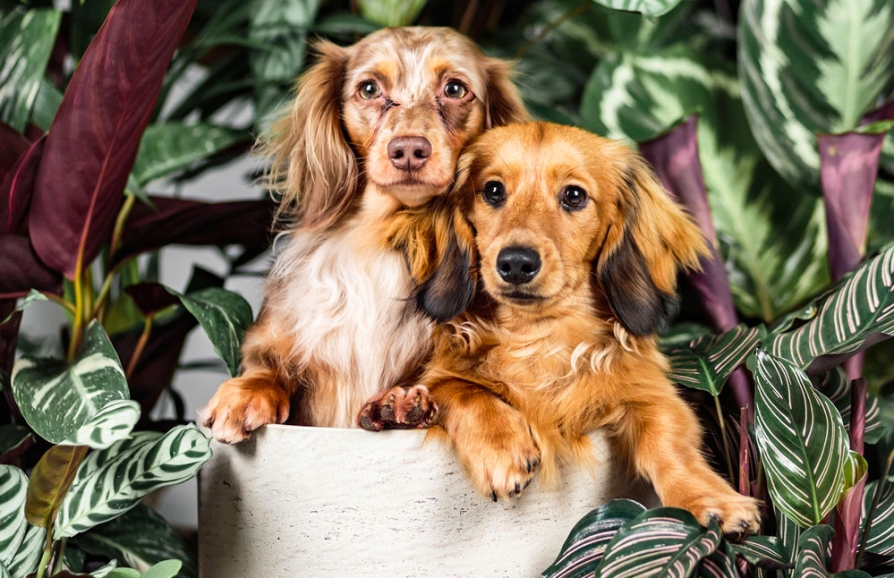
Welcome to the second part of our two-part series on pets and indoor plants! Looking to spruce up your home with some lively and colourful indoor plants? Worried your cat will claw out the leaves and your dog will overturn the pot? We at The Pet Project have got your back – here’s our definitive guide to pets and plants: how to make sure they’re a successful combination.
What plants can you keep?
The first step when choosing indoor
plants for your home is to select ones that won’t be harmful for your pet. Not
many people know this, but the leaves and stems of certain plants can be
injurious for your cat and dog, and it’s best not to be buy them if you’re a
pet parent. We’ve compiled a handy list of the most famous indoor plants that
are bad for your pet in Part I of Pets and Indoor Plants.
Now that you know what you can’t
buy, let’s look at what you can bring home. There are plenty of popular
indoor plants that are safe for your pet; we’ve chosen a few that are the most
popular.
Areca palm plants
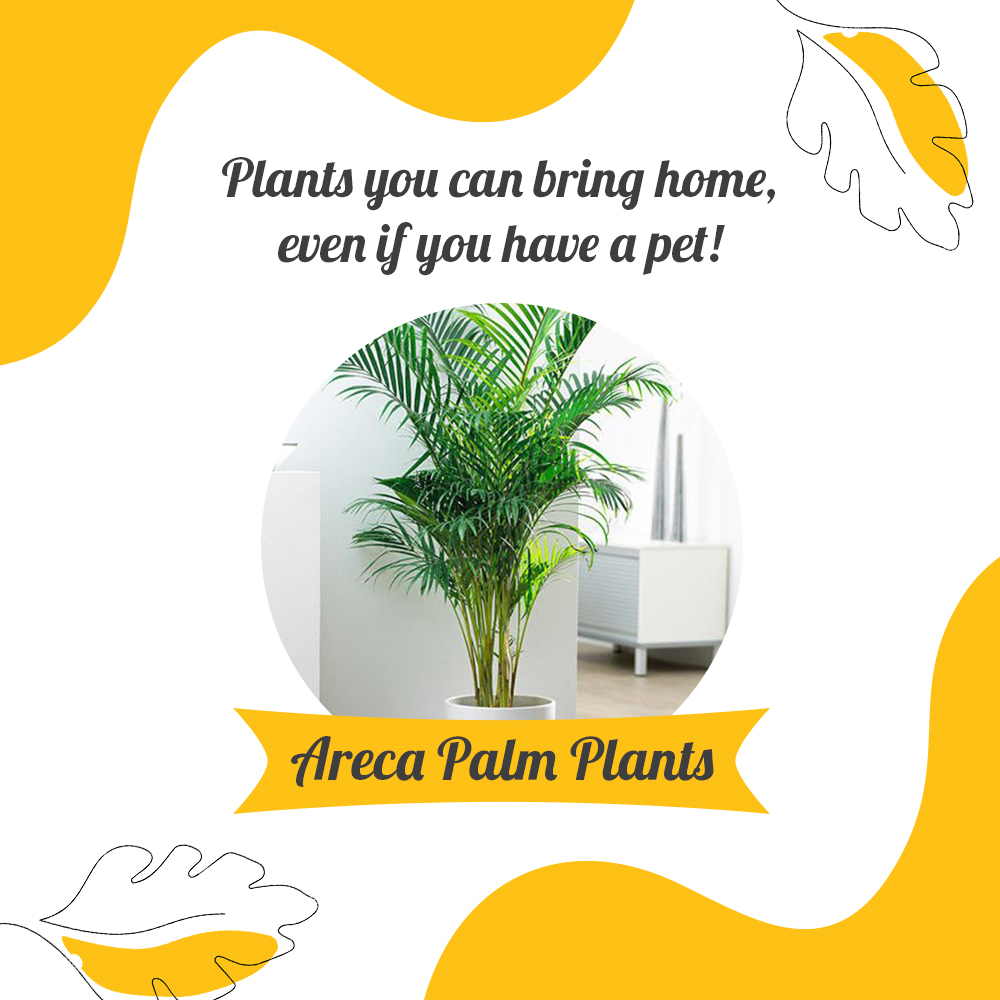
Sago palm is bad for your pet, but
areca palms are absolutely harmless. These gorgeous plants act as wonderful air
purifiers and add a beautiful spray of colour to any room. They’re hardy plants
as well, which means they’re a good choice even if you don’t quite have a
‘green thumb’. They grow well in low sunlight and can survive with very little
watering, which is a bonus if you’re the kind to forget to water your plants.
Baby rubber plants
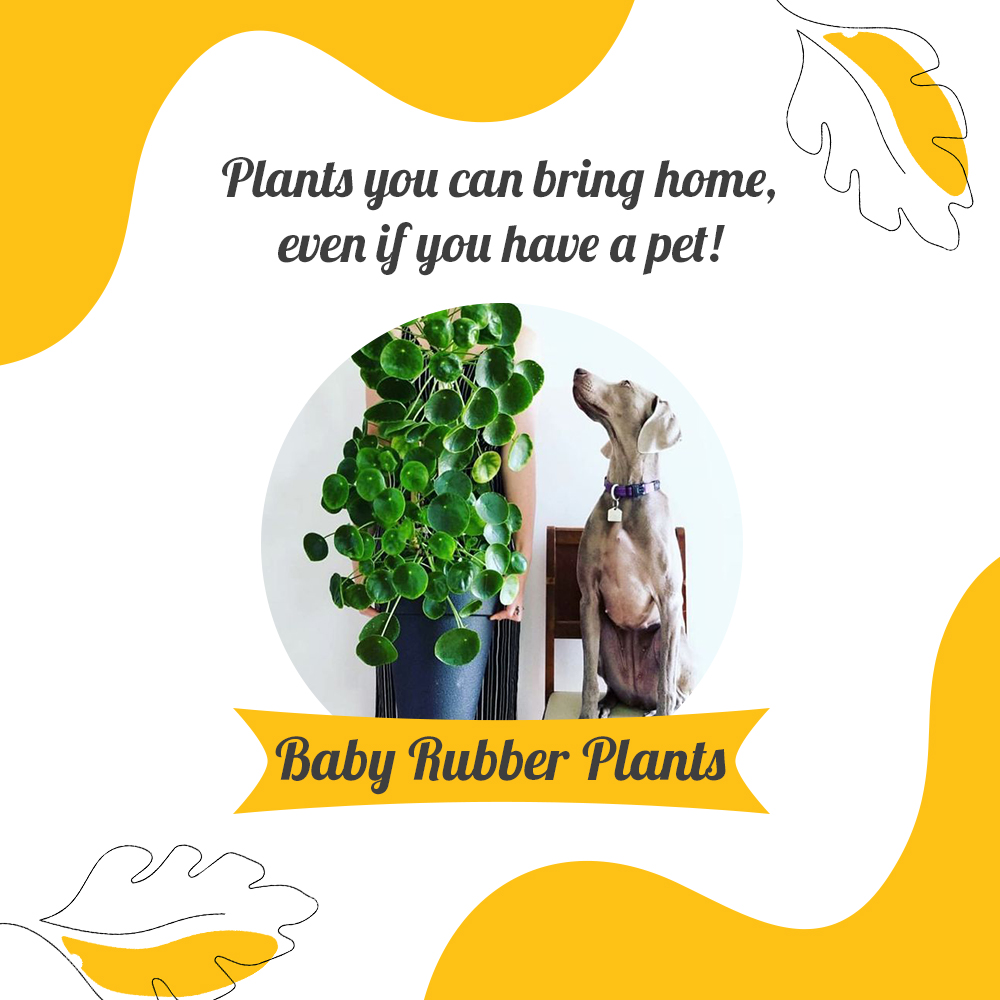
These potted plants are not as
large as the areca palm, and can be placed on desks and tables, even bookcases.
The leaves are a deep, shiny green and unusually oval shaped, which makes the
baby rubber plant a distinctive decorative item to your home. Place it in a
colourful pot and you’re set! Cats and dogs can have a nibble out of this one;
it’s not harmful for them.
Bird’s nest fern
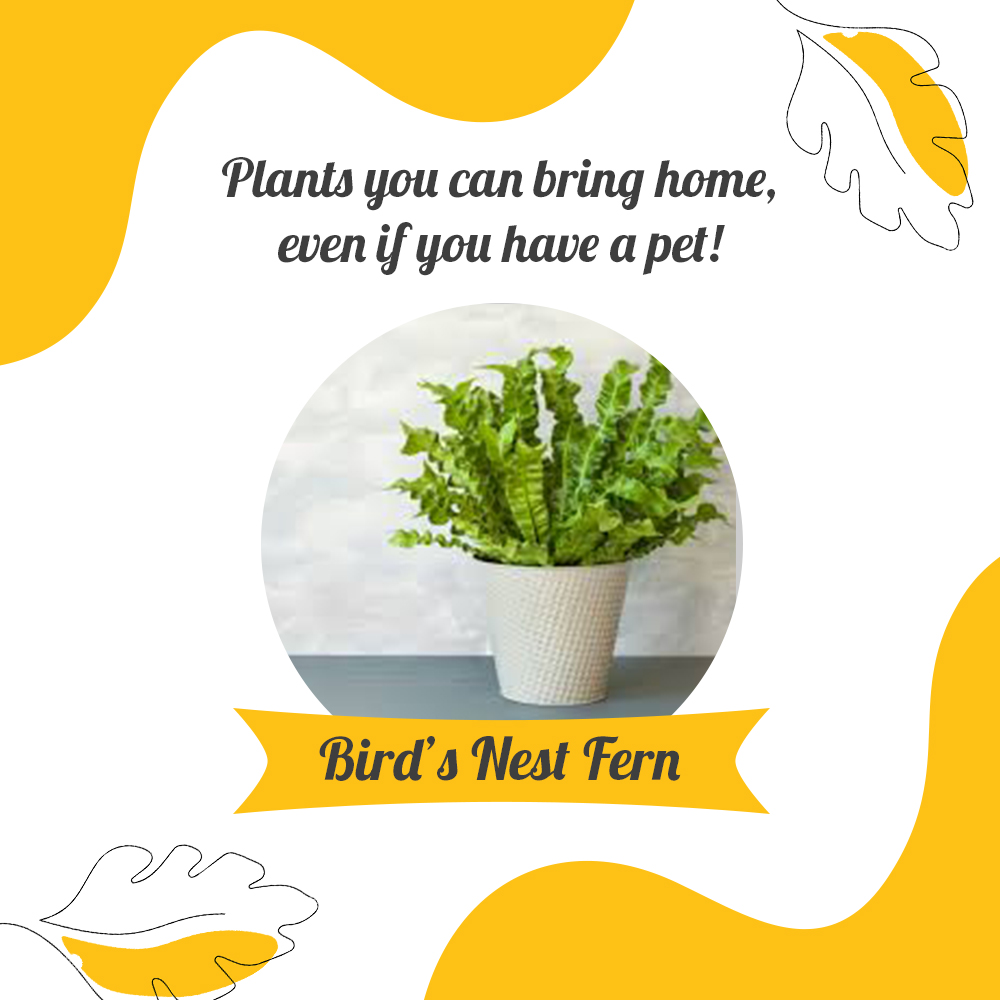
If you’re looking for a splash of
light green in your house, look no further. The bird’s nest fern has long,
light green leaves that are crinkled at the edges; they most closely resemble
banana leaves. They can survive in low sunlight and need intermittent watering,
so they’re a relatively hassle-free plant. And, of course, they’re super save
for your pets.
Spider plant
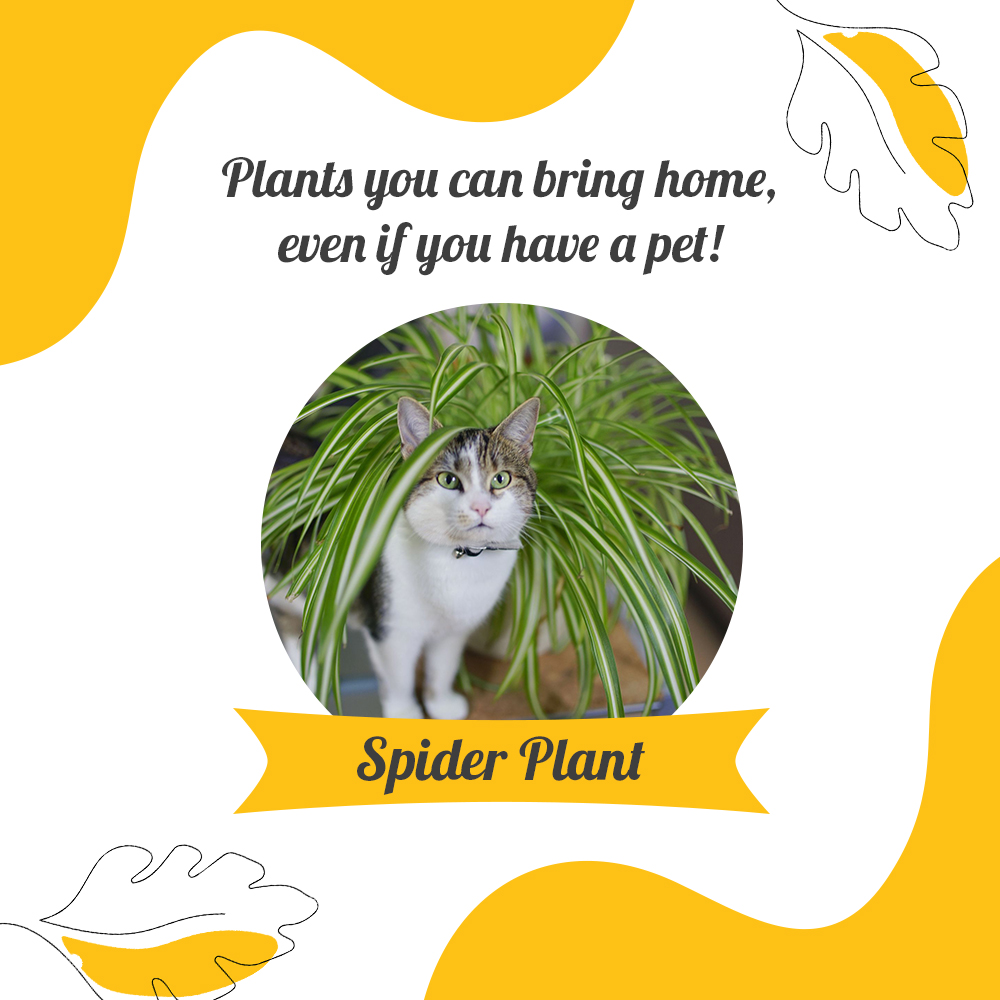
Spiky, pale green with dark green
leaves, and unruly in appearance, spider plants are wonderful plants to hang
near a window or place on a side table. They’re unusual and draw the eye, which
is what you want in an indoor plant. The leaves are absolutely safe for your pets.
Bamboo palm
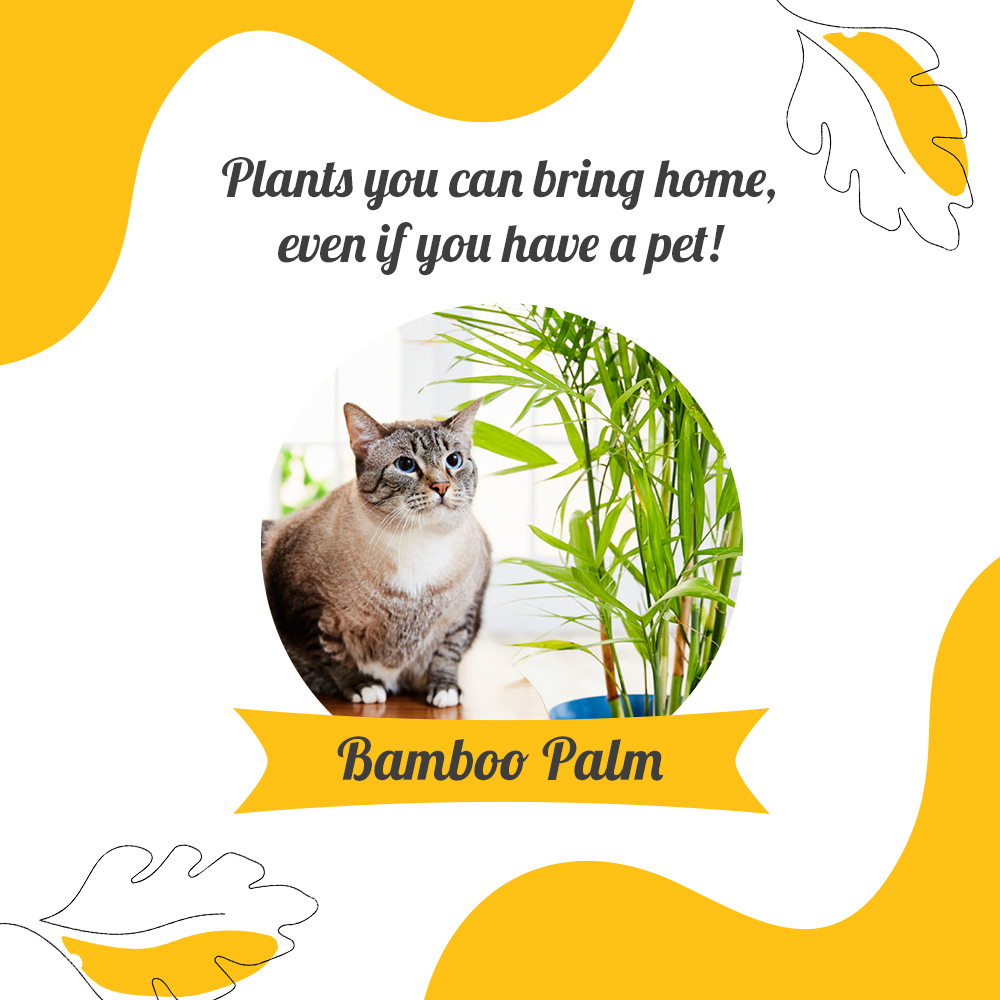
Here’s a bonus plant to wrap up our
list of pet-friendly plants. A bamboo palm is sparser-looking than an areca
palm, which means it looks lighter and breathier – perfect for a more
minimalistic and restrained home. Your pets can wander around it as much as
they like; this plant is very pet friendly.
Managing pets and plants
So now that you have a handy list
of plants that are safe for your pets, how do you ensure your dog doesn’t get
into the soil or overturn the pot? How do you make sure your cat doesn’t eat
the leaves as fodder for coughing up hair balls?
The short answer: you can’t.
There’s no fool-proof way of keeping your pets away from your plants, just like
there’s no guarantee your dog won’t pee on your new rug or your cat won’t
scratch and claw your sofa upholstery. It’s the risk you run. That being said,
there are a few small things you can do to make sure a pet and plant household
is as harmonious as it can be.
Plant stands
If you have a small dog at home,
then plant stands may be an excellent solution to keeping your indoor plants
out of their reach. Plant stands essentially elevate the pots above the floor,
which means your pet will have a tougher time getting to them.
Hanging plants
If you have a larger dog and plant
stands don’t
stand a chance (see what we did there?), plant hangers may
be the best way forward. Money plants look excellent hanging from the ceiling,
as do spider plants.
Shelves
Plants also look beautiful on
shelves and high tables, and especially on the corner of bookcases. Make sure
the plants you place on shelves are safely placed though and won’t topple over
if your dog or cat runs into the table or shelf. If the plants are precariously
placed, they may fall and seriously injure your pet.
Spray your plants
You may have noticed that we
haven’t mentioned cats in any of the ‘keep your plants safe!’ suggestions
above. That’s because height won’t really deter a cat; we’ve all seen YouTube
videos of them doing truly remarkable and crazy feats. It’s worth pointing out
that cats tend to be more delicate than dogs though, so while they may be
within reach of a potted plant, they’re less likely to knock it over.
They are, however, likely to bat
the leaves, chew them, or just generally disrupt your plant. Since cats are
sensitive to smell, you can spray your plant with pet deterrent. This will
essentially make your plant unattractive to your cat and they’ll steer clear of
them. That being said, make sure the pet deterrent you buy is not harmful to
your plant. Plants can be sensitive about the level of alkaline in their soil
and how coated their leaves are, so just weigh all factors and choose carefully
when buying a product.
Train your pet
Ah, the most effective method but
always the toughest one – training your pet. The best way to ensure a
harmonious home for pet and plant is to train your pet to steer clear your
plants. That means punishing bad behaviour and rewarding good behaviour, until
your cat and dog know to treat your plants with respect.
This wraps up our series on Pets and Indoor Plants! If you have any questions, reach out to us on our Instagram page; we’ll be happy to answer any decorative questions you may have. Otherwise, we wish you a happy plant and pet life – as you now know, it’s a life within easy reach!
Comments
No posts found
